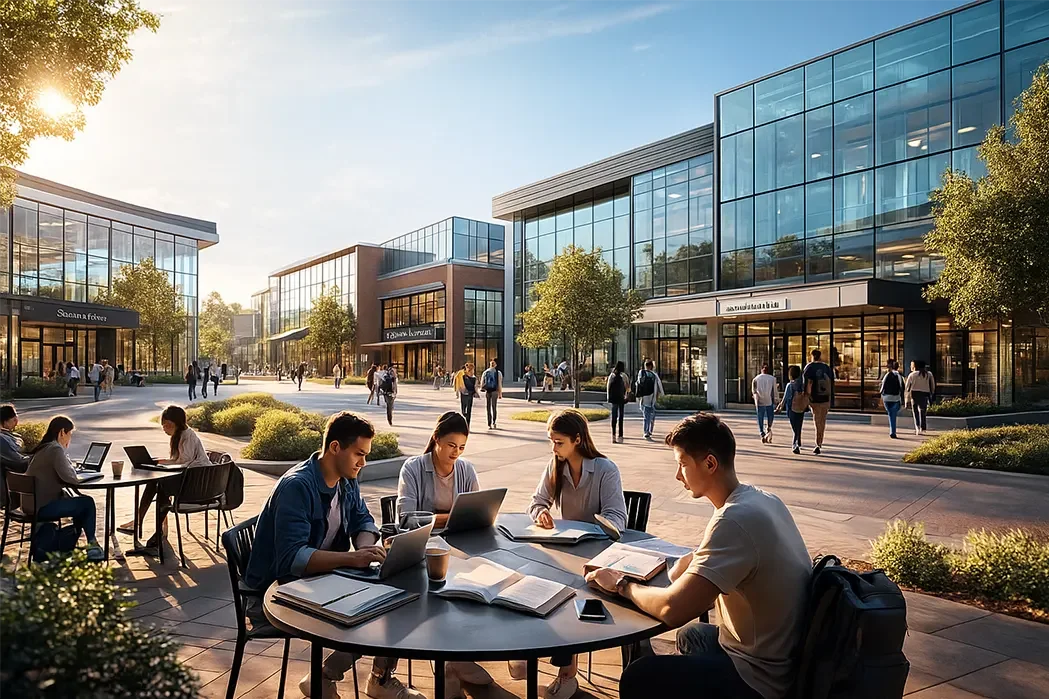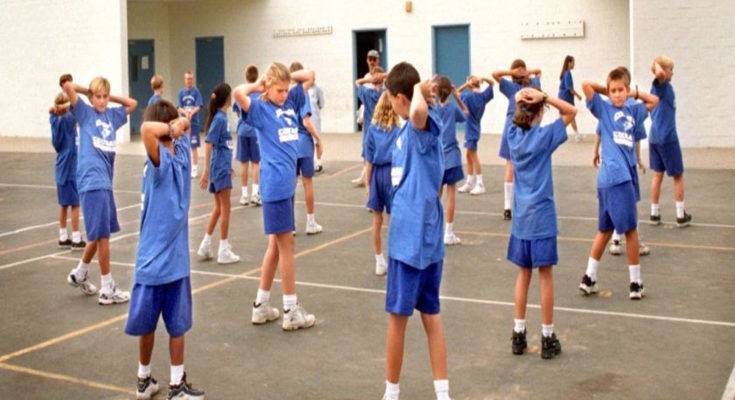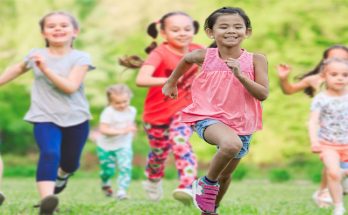In traditional sports and physical education classes, educators are only teaching how to stay physically active through basic sports, which can be just the thing for the athletes, but why don’t you consider students who do not become professional athletes? The NCAA posted data on the possibility of an increased school athlete playing attending college and ultimately going pro. Comparing men’s and women’s basketball, baseball, men’s soccer, football, and men’s ice hockey, the data shows that the easiest sport to turn pro in is baseball. For baseball, approximately 0.44% or 1 out of every 225 high school graduation participants reach the professional ranks. Since that number is so low, how come physical educators continuing to instruct these sports? There is a small future because of these sports along the obesity academic is increasing at a fast pace.
Elementary physics. ed . should be focused on learning the fundamental fundamentals of every sport to assist the youngsters to develop physically. There are many youth leagues for children to buy and remain active with age. You always see many children involved with sports in youth leagues, nevertheless, the number dwindles immensely as they age. We need to stop teaching traditional sports in secondary education and still provide the students with knowledge of lifetime fitness and health to be healthy. There are minimal numbers of adult leagues for sports, so teaching towards the small percentage of athletes is not going to help you in America using the obesity epidemic. Physical education in secondary school should emphasize different types of exercises that are needed to be healthy including exercises that improve muscle and bone strength, exercises that improve joint and muscle flexibility, exercises that improve endurance and stamina, and exercises that enhance balance and coordination. The students should be able to understand and demonstrate different workouts to boost and gaze after their as they get older.
The teachers should give scholars a variety of fun ways to work out. One way of exercising may entice one student, although not to another. They should start the quarter off using a preview of different methods to exercise and after that give the students alternatives on the things they feel is best suited for their needs. Some options could be Zumba, strength training, circuit training, fitness boot camp, yoga, kickboxing, resistance training, track workouts, marathon workouts, etc. All of these options may be used lifetime and the physical educators will make it fun to exhibit the scholars that doing exercises doesn’t need to be dreaded. Many of these suggested workouts are also great for the reason that students can perform depending on their physical abilities. Both, students in bad shape and students in great shape can do these workouts and make becoming challenging as they want. For example, in circuit training in case, you have each student doing mountain climbers for 30 seconds, a student in great shape could get it done for the entire a few seconds while students in bad shape may only be capable of taking action for 10-seconds, but both still get a work out from it. Also, students can be less embarrassed because everyone would be devoted to their very own exercise these are performing and will not have time for you to research and concern yourself with any alternative students are performing.
All in most, changing the best way secondary physical education is taught can help change the obesity epidemic by giving students practical exercises they can enjoy and perform throughout their lives, be it at the gym or perhaps in their very own homes, to remain healthy. Many students usually are not educated on different workouts that they can do and think that exercising means vigorous activities which they could never perform or desire to perform. Physical educators have a chance to show students the best way to stay healthy and active in their lifetime while facing the reality that students are not going to become professional athletes.





